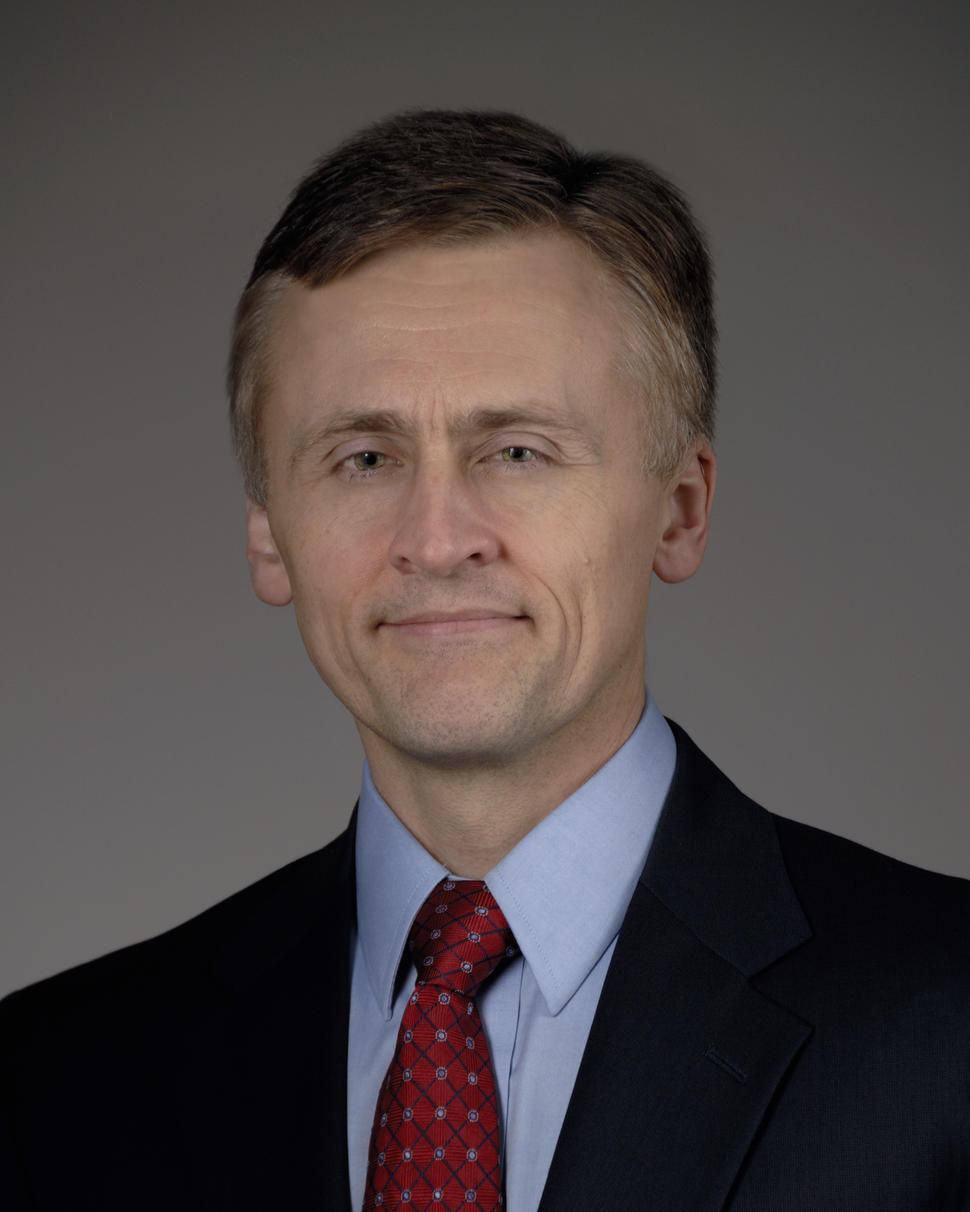
Christopher M. Hartshorn, Ph.D.
Dr. Christopher M. Hartshorn has served as an NCI Program Director since 2014 in NCI's Alliance for Nanotechnology in Cancer and the Cancer Imaging Program. In this role, he manages research projects, evaluates the effectiveness of the Alliance programs, and maintains the proper stewardship over federally funded research across the program portfolio. Further, he performs oversight and technical guidance as well as subsequent development and direction of new research initiatives for multiple other biomedical science and technology funding initiatives across the NIH. These include other synergistic efforts to enable the future of ambulatory monitoring for remote, patient-specific medicine from artificial intelligence (AI) and novel diagnostics. All with a central focus for the more precise delivery of patient care and treatment through translatable tools and technology.
Currently, these include the NIH Academic-Industrial Partnerships, NIH/NSF Cyber-physical Systems, Nutrition for Precision Health Common Fund program, and multiple SBIR topics. He is one of the senior leadership team for the NCI-FDA-HRSA-CMS Task Force on Cancer Diagnostic Devices for Near-patient Use. The Task Force, under an MOU, is charged with advancing research and education focused on the development, validation, and implementation of cancer diagnostic devices for near-patient use. Also, he serves as a member of the trans-NCI AI and the NIH Common Fund’s Bridge2AI working groups. Most recently, in response to the SARS-CoV-2 pandemic, he is also project manager and COR within the NIH Rapid Acceleration of Diagnostics (RADx) initiative
Prior to joining the NSDB, Dr. Hartshorn worked for the National Institute of Standards and Technology (NIST) on multiple R&D projects for biomedical applications as well as industrial collaborations. He earned his Ph.D. from Washington State University and his Bachelor of Science degree's from the University of New Mexico.